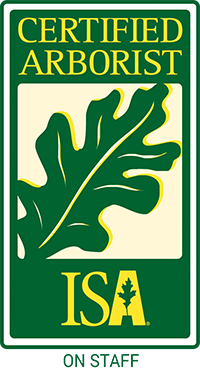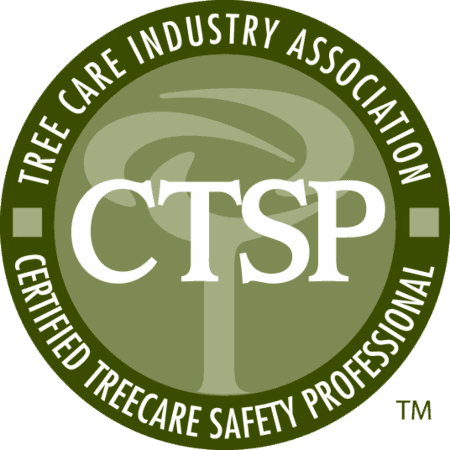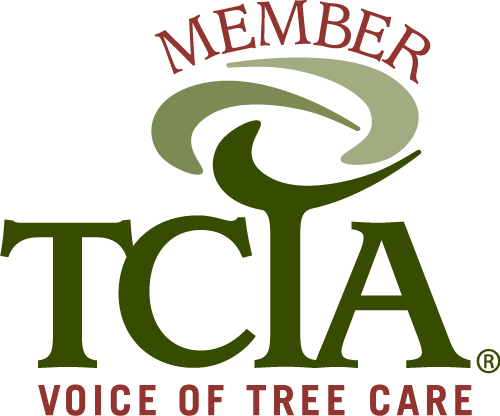Tree Pests in Northeast Ohio
FAQs and Resources
Request a Free Quote
Give us a call at 440-564-1374 or click below to set up a time for us to inspect your trees for signs of activity by damaging insects and other pests.
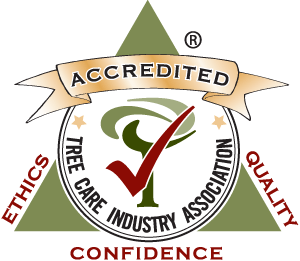
What You Need to Know
Eastern Cuyahoga, Geauga, Portage & Lake Counties are home to a wide variety of harmful insects and other pests that damage landscapes and trees. Learn how to identify the signs and symptoms that indicate the presence of specific pests, and how to control them to minimize damage to your property.
On this page, we share resources that will help you identify, prevent, and treat any pest infestations that do occur.
Common Tree Pests
Signs & Symptoms of insect pests
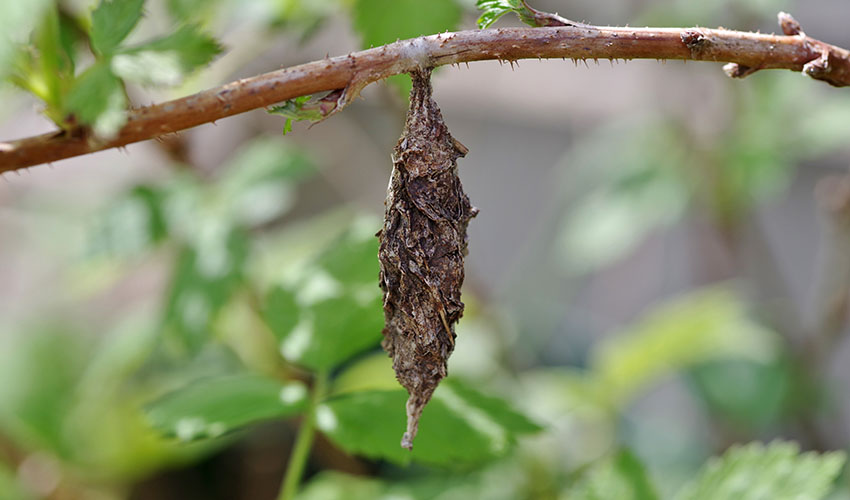
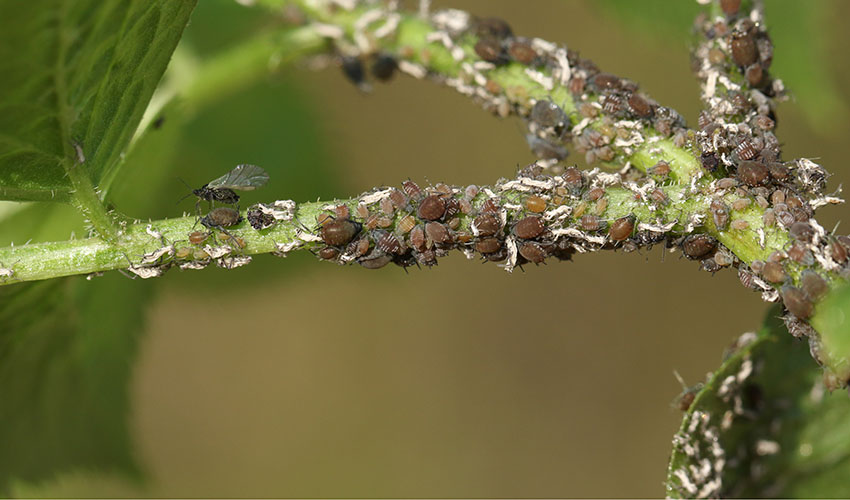
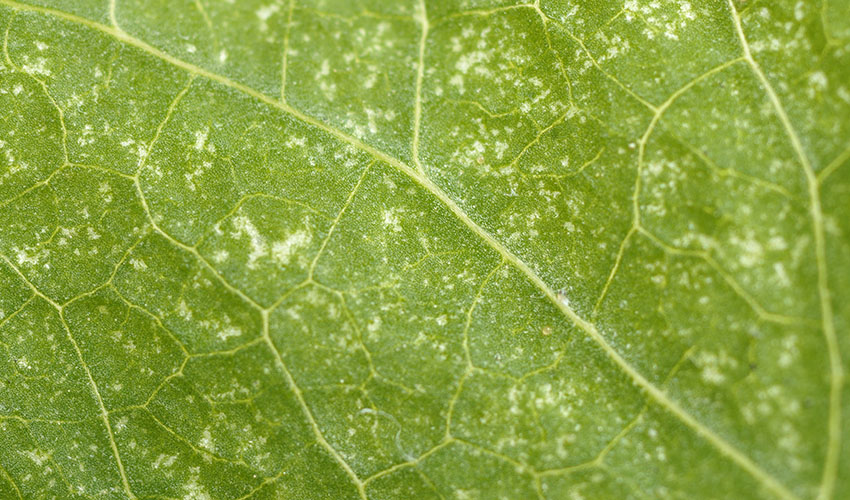
What to Look For
Not every sign of insect damage is obvious, and not all symptoms are due to insect pests. Still, the signs below are usually clear indicators that there's a leaf-chewing, sap-sucking, or tree-killing insect infesting your tree(s).
- holes or ragged/chewed edges on leaves
- silk webs, threads or "tents" on branches
- holes in tree bark (especially on ash trees)
- tree suddenly losing leaves in spring or summer
- yellowing, curling or speckled leaves
- bumps on stems and small branches
- sticky substance (and maybe black mold) on leaves or under the tree
- an unusual number of insects flying around the tree
Treatment & Control Options
Timing is Critical
When insects emerge is based on several factors, including the weather. There's no point in applying an insecticidal treatment before or after the pests are actually present; not only will it be ineffective, it will also waste your money and potentially harm the environment.
Each pest has a specific timeframe during which they're most vulnerable to treatment. Often, this is when they've just emerged as adults or while they're still in a larval or nymphal stage.
Outside that timeframe, treatments won't have the desired effect (and could even increase the pest's resistance to chemical control methods).
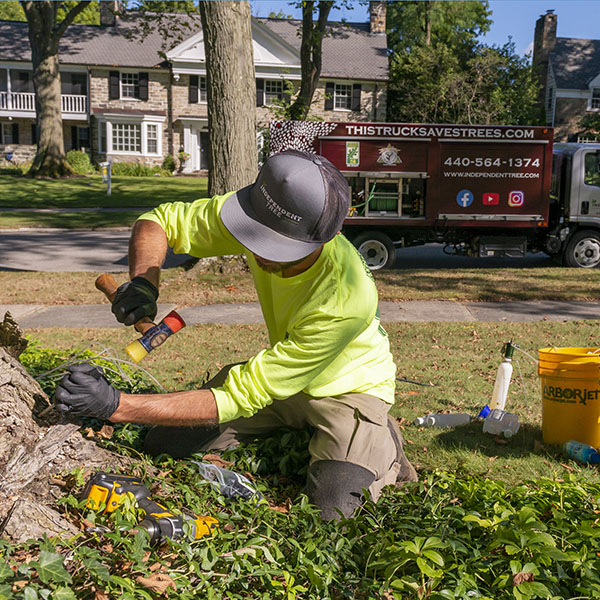
Horticultural Oil
One of the easiest and most effective ways of protecting your landscape from insect damage is with a light application of dormant or horticultural oil. This non-toxic, refined form of mineral oil is sprayed on trees and shrubs to coat pests with a thin layer of oil. The oil layer suffocates the pests and prevents egg sacks from hatching.
Dormant oil is best used as a preventive measure to avoid pest outbreaks. As such, it should be sprayed before an infestation occurs - when temperatures are still cool and before bud break in spring.
In Eastern Cuyahoga, Geauga, Portage & Lake Counties, that's generally between mid-March to mid-April.
Insecticides
At Independent Tree, we prefer to use organic, low-impact insecticidal treatments whenever possible. Sometimes there is no effective option besides synthetic chemical treatments but, when there is, we recommend taking the approach that has the least damaging effect on our environment.
We also avoid spraying treatments if there's a viable alternative, such as a trunk injection, bark drench, or soil injection into the tree's root zone. This helps to minimize the environmental impact of pest treatments.
Finally, we practice Integrated Pest Management to reduce the number and volume of chemicals used in your yard while improving the effectiveness of insect pest treatments.
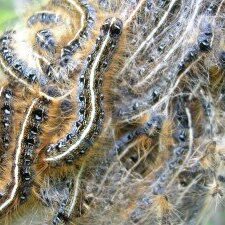
Call us at 440-564-1374
If there's a pest affecting trees in Northeast Ohio, our Certified Arborists have seen it, researched it, and know how to treat it. We're "tree geeks" - we love learning about all of the things that can affect trees in our area. That way, when a tree is attacked by insects or other critters, we'll know exactly what the problem is and what to do about it!

